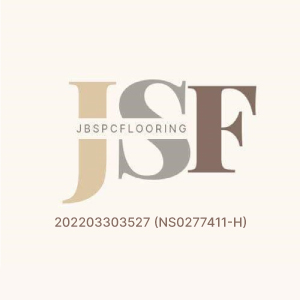HERRINGBONE WOOD
Selected tag
Tag Selection
The herringbone pattern is an arrangement of rectangles used for floor tilings and road pavement, so named for a fancied resemblance to the bones of a fish such as a herring. The blocks can be rectangles or parallelograms. The block edge length ratios are usually 2:1, and sometimes 3:1, but need not be even ratios.
The herringbone pattern is an arrangement of rectangles used for floor tilings and road pavement, so named for a fancied resemblance to the bones of a fish such as a herring. The blocks can be rectangles or parallelograms. The block edge length ratios are usually 2:1, and sometimes 3:1, but need not be even ratios.
The herringbone pattern is an arrangement of rectangles used for floor tilings and road pavement, so named for a fancied resemblance to the bones of a fish such as a herring. The blocks can be rectangles or parallelograms. The block edge length ratios are usually 2:1, and sometimes 3:1, but need not be even ratios.
The herringbone pattern is an arrangement of rectangles used for floor tilings and road pavement, so named for a fancied resemblance to the bones of a fish such as a herring. The blocks can be rectangles or parallelograms. The block edge length ratios are usually 2:1, and sometimes 3:1, but need not be even ratios.









